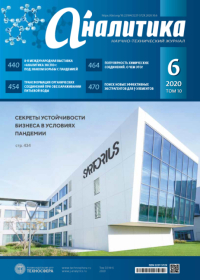Transformation of organic compounds during drinking water disinfection
Drinking water quality is one of the most important parameters dealing with maintenance of population health. Being the most widespread method of drinking water disinfection chlorination providing epidemiological safety, at the same time leads to the formation of numerous organochlorine compounds negatively influencing human health. Natural organic matter (humic matter) as well as anthropogenic compounds, present in the natural water, are the main sources of these xenobiotics. Over 700 disinfection by-products (DBP) are reported nowadays, while toxicological characteristics of the majority of them remain unknown so far. Combined chromatography-mass spectrometry methods demonstrated themselves as the most efficient to discover novel DBP and quantify the regulated ones. The same methods are also used to study the mechanisms of aquatic chlorination of organic compounds.

 rus
rus


